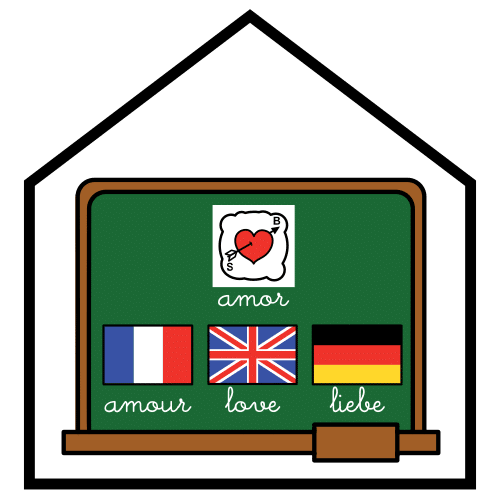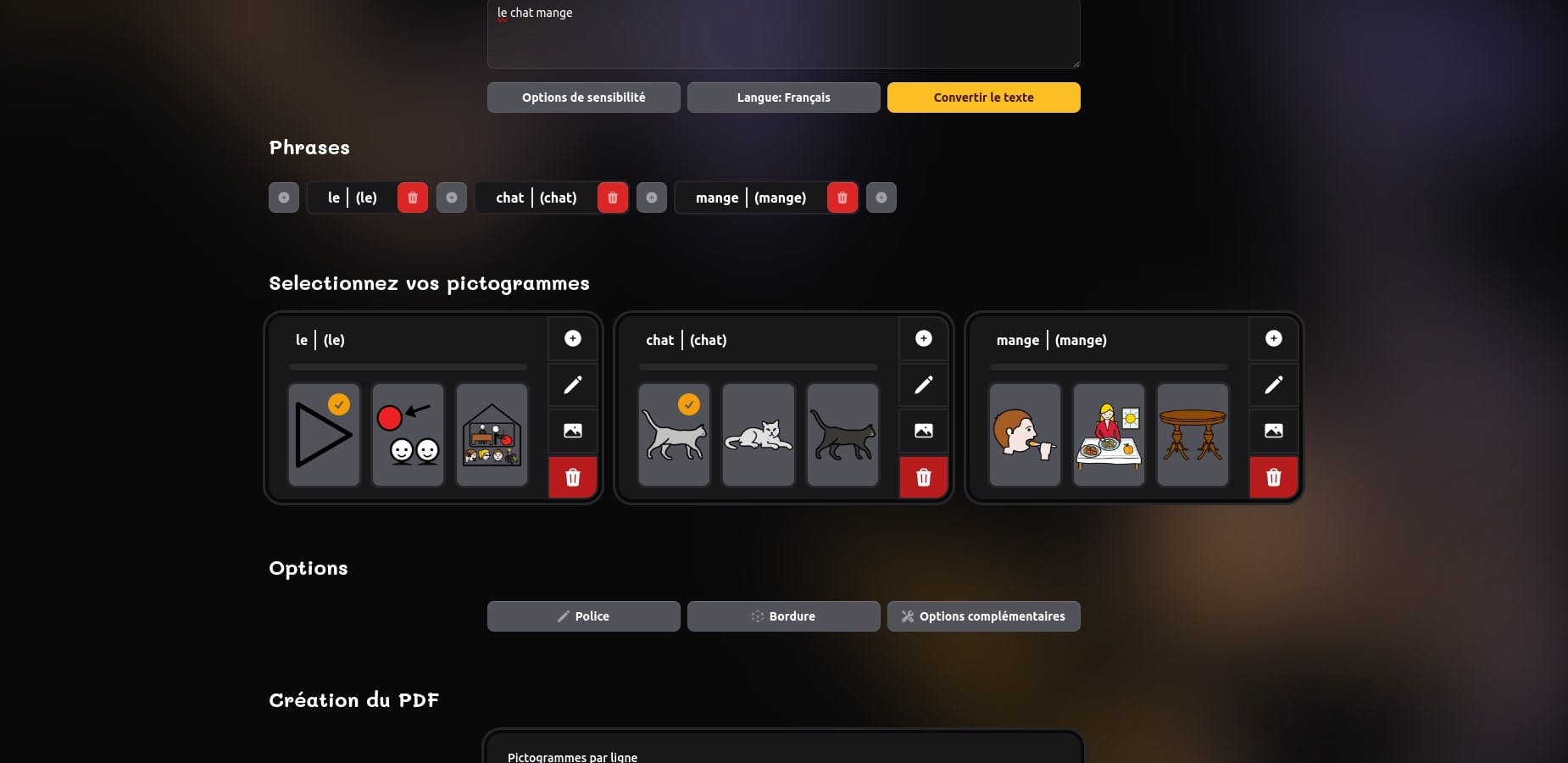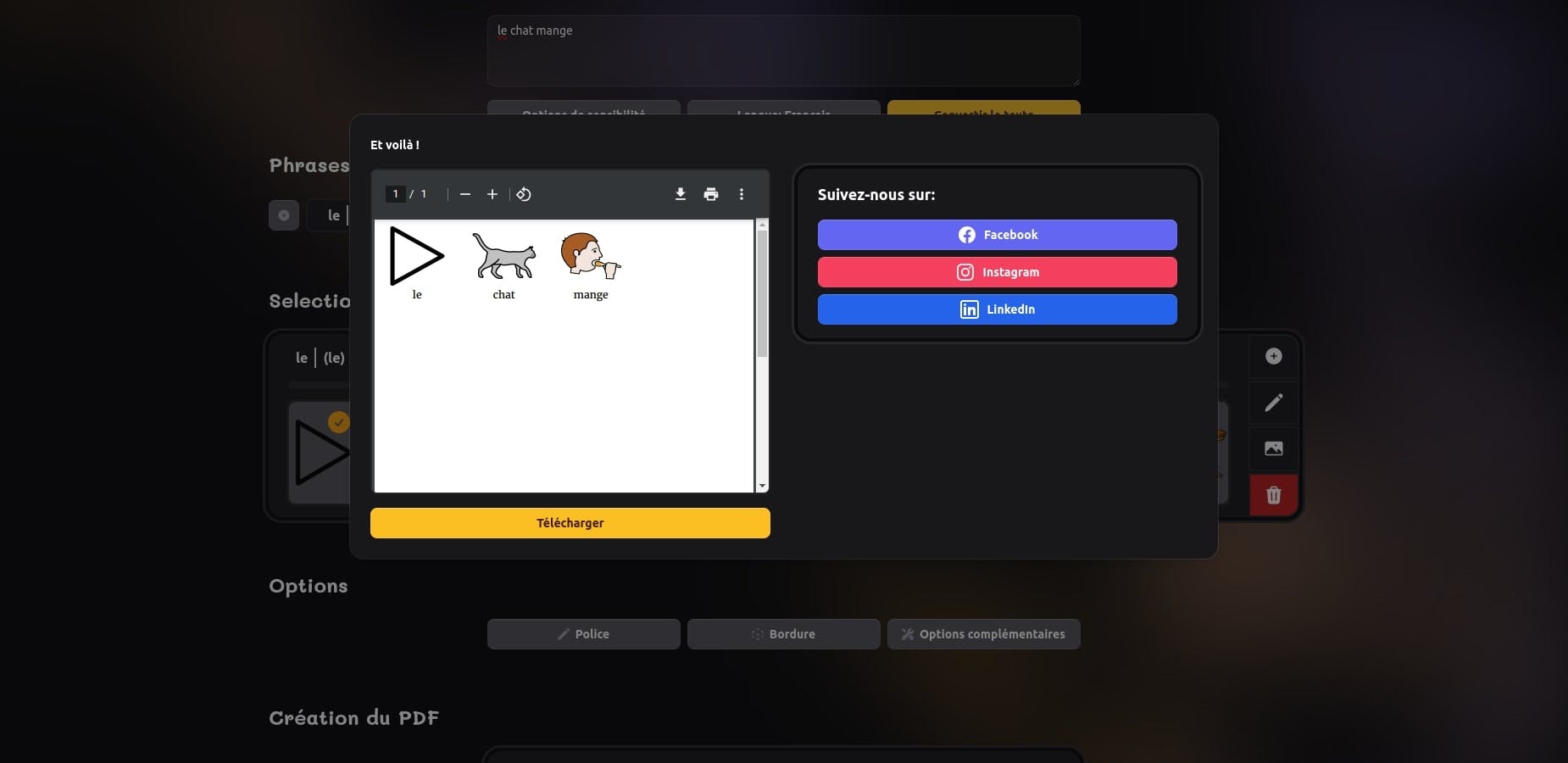Convert Sentences to Pictograms for Free
Download pictograms without backgrounds and PDFs of your sentences transcribed into pictograms for free and with ease.

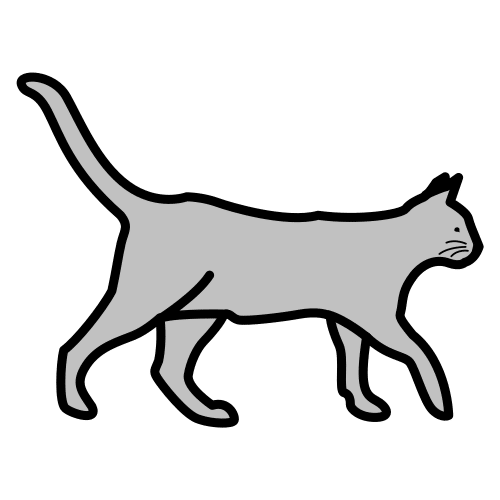
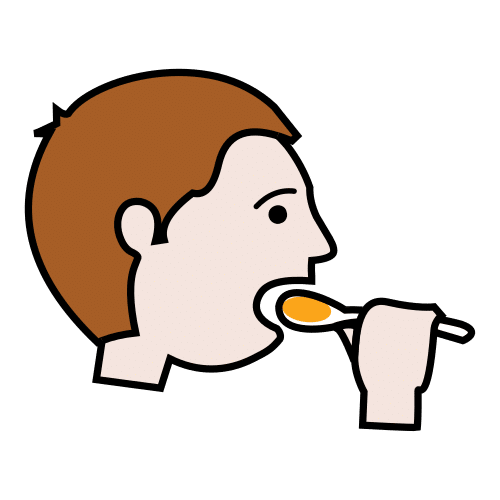


What Are Pictograms Used For?

Facilitating Communication
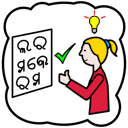
Improving Comprehension

Providing Instructions

Assisting People with Reading Difficulties
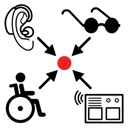
Making Information More Accessible

Saving Space

Creating Visual Impact
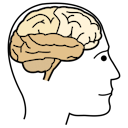
Promoting Memorization
What is the Purpose of This Site?
Pictofacile is a transcriber of text into ARASAAC pictograms, free, fast, and easy to use. A free and simple alternative to Araword, pictoselector, mopikto, and makaton.
Enter your text: each word is associated with a pictogram.
Select the most relevant ARASAAC pictograms, the format, and colors. The transcription is automatic. Download your transcription directly as a PDF file.
The site can be used on Mac or Windows, PC, tablet, or smartphone (iPhone and Android) and is compatible with any type of computer and search engine (Chrome, Firefox, Edge, Ecosia, Safari...).

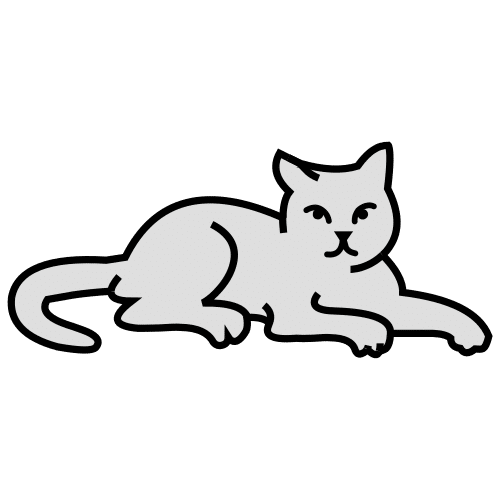
What is Augmentative and Alternative Communication (AAC)?
AAC, or Augmentative and Alternative Communication, is a set of tools serving as aids or substitutes for language.
These tools make communication, the transmission of a message, a thought, or a feeling possible when language is not efficient.
It is called Alternative: it makes communication effective through a different channel than oral production. AAC tools replace or complement speech with gestures, pictograms.
It is called Augmented: It increases the intelligibility of the person using it. It complements speech or clarifies the message to be conveyed.

Why Choose ARASAAC Pictograms?
ARASAAC pictograms are small images representing a concept. Their combination translates a message to be conveyed.
These images can serve as a unique means of communication when speech is absent.
However, if speech is impaired, ARASAAC pictograms can also serve as a multimodal communication channel. They reinforce the idea conveyed by speech and make it richer.


Where Do the Pictograms Come From?
The pictograms used on this site come from the ARASAAC pictogram bank (not to be confused with ARASSAC, ARAASAC, ARASAC, or even ARSAAC 😉).
They are the property of the Government of Aragon and were created by Sergio Palao for ARASAAC, who distributes them under a Creative Commons BY-NC-SA license.
Discover the ARASAAC website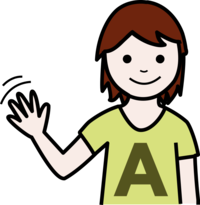
Who is the Site For?
For Speech Therapists
ARASAAC pictograms can be used as a communication support or language rehabilitation tool.
This concerns patients with congenital oral language production disorders: patients with Down syndrome, Autism Spectrum Disorder (ASD), specific disorders of oral language, ENT malformations affecting articulation...
They thus allow language development by relying on multimodal communication channels.
This also concerns patients with acquired or neurodegenerative oral language production disorders: aphasia, Parkinson's disease, primary progressive aphasia (PPA)...
Another means of communication can then be developed as a substitution or prevention of a decline in speech.
For Teachers
Teachers can use ARASAAC pictograms to support their students with disabilities and adapt their materials to their needs. This way, they will develop autonomy in their work and also their inclusion in the school system.
Non-native students can also benefit from this tool: ARASAAC pictograms would allow them to overcome their lack of language proficiency. By translating the message into pictograms, the child can grasp the concept and associated vocabulary without having to go through translation via their native language.
For Public Facilities
ARASAAC pictograms allow conveying a message without requiring language proficiency.
For greater inclusivity in society and therefore in public facilities, ARASAAC pictograms would translate a message understandable to everyone.
For Patients' Families
When implementing ARASAAC pictograms in AAC, it is important to develop their use in the person's entire environment.
Pictofacile provides quick access to a free and easy-to-use ARASAAC pictogram bank for everyone. Parents, relatives, or caregivers can thus adopt this AAC tool and maintain communication with their loved one.
In Which Languages is the Site Available?
The "Convert Text" application is available in 26 languages and dialects for even more inclusivity. Currently, the entire site is available in 5 languages.
